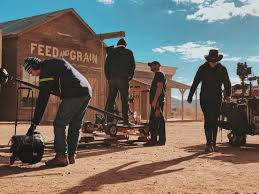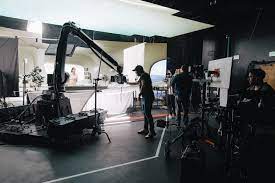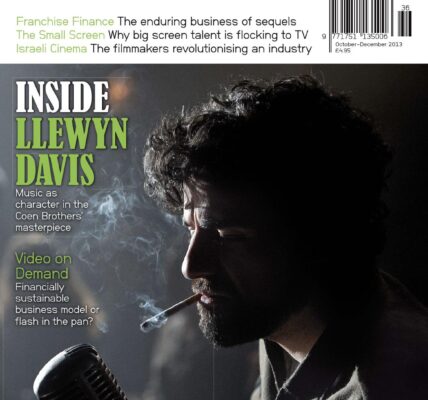In the ever-evolving landscape of filmmaking, technology has emerged as a dynamic force reshaping the industry. From the way films are conceptualized and produced to the immersive experiences offered to audiences, the impact of technology on modern filmmaking is profound. This article explores the transformative influence of technological advancements, ushering in a new era of creativity, efficiency, and cinematic possibilities.
Digital Cinematography: Redefining Visual Storytelling
One of the most significant technological shifts in modern filmmaking is the advent of digital cinematography. The transition from traditional film to digital formats has democratized the filmmaking process, making it more accessible and cost-effective. High-resolution digital cameras allow filmmakers to capture stunning visuals with greater flexibility, enabling them to experiment with innovative shots and visual styles.
Visual Effects and CGI: Creating Cinematic Spectacles
Advancements in visual effects (VFX) and computer-generated imagery (CGI) have revolutionized the way filmmakers bring their creative visions to life. From epic fantasy worlds to realistic depictions of historical events, technology has expanded the possibilities for storytelling. Blockbusters like Avatar and Avengers: Endgame showcase the seamless integration of CGI, elevating the cinematic experience to new heights.
Virtual Production: Merging Realities for Creative Freedom
Virtual production is another game-changer in modern filmmaking. Utilizing real-time rendering technology and virtual sets, filmmakers can immerse themselves in digital environments during the shooting process. This not only enhances creative freedom but also streamlines production timelines and reduces costs. Productions like The Mandalorian have embraced virtual production, setting a new standard for efficiency and visual innovation.
Post-Production Advancements: Editing in the Digital Age
The post-production phase has undergone a transformative journey with the introduction of non-linear editing systems. Digital editing software allows for more precise and efficient editing, enabling filmmakers to experiment with pacing, effects, and sound design seamlessly. Additionally, color grading technologies have evolved, contributing to the distinct visual palettes that define many contemporary films.
Distribution and Streaming Platforms: Changing the Viewing Landscape
The rise of digital distribution and streaming platforms has disrupted traditional film distribution models. Audiences now have unprecedented access to a vast array of films at their fingertips. Platforms like Netflix, Hulu, and Disney+ have not only changed how audiences consume content but have also altered the way filmmakers approach storytelling, with serialized content gaining prominence alongside traditional cinematic releases.
Immersive Technologies: Enhancing Audience Engagement
Technology has not only transformed the filmmaking process but has also enriched the audience’s viewing experience. Virtual reality (VR) and augmented reality (AR) are being explored to create immersive storytelling experiences. VR allows audiences to step into the world of a film, while AR enhances the real-world environment with digital elements, opening new frontiers for narrative exploration.
Artificial Intelligence in Filmmaking: A New Collaborator
Artificial intelligence (AI) is making inroads into the creative aspects of filmmaking. AI algorithms analyze audience preferences, helping filmmakers tailor content for specific demographics. Additionally, AI-driven tools assist in script analysis, predicting box office success, and even generating elements of the filmmaking process, contributing to a data-driven approach in the industry.
The Future of Filmmaking: Embracing Innovation
As technology continues to advance, the future of filmmaking holds even more possibilities. From the integration of 5G connectivity to the exploration of immersive 360-degree storytelling, filmmakers are poised to push boundaries and redefine the art form. The synergy between creativity and technology promises a cinematic future where innovation knows no bounds.











